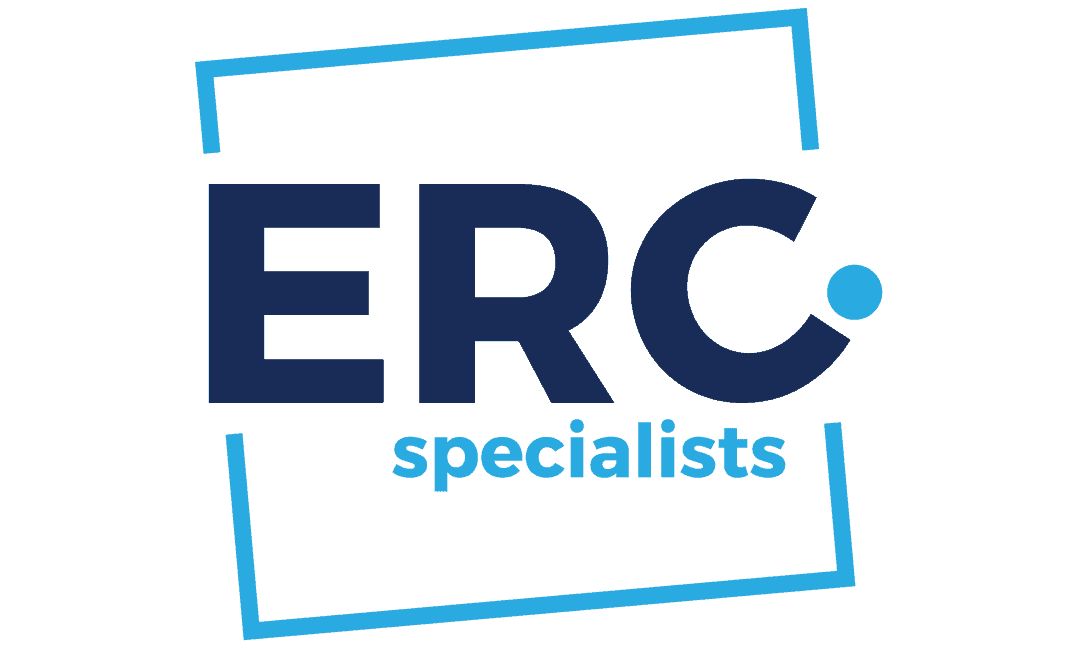
Level Up Your Business Today
Join the thousands of people like you already growing their businesses and knowledge with our team of experts. We deliver timely updates, interesting insights, and exclusive promos to your inbox.
Join For FreeWondering how to qualify for the employee retention credit? If you fought to keep your employees on your payroll during 2020 and 2021, there’s a good chance that you meet the ERC qualifications..

On 1/10/24, IRS Commissioner Daniel Werfel announced that the IRS is continuing to improve and automate ERC review procedures and will begin processing new ERC claims in the spring following the moratorium implemented in September. Existing claims are still being processed and eligible businesses can still submit an ERC claim through reputable ERC companies to be processed when the moratorium ends. Visit our full breakdown of the ERC pause for the latest information.
If you kept your employees on your payroll in 2020 and 2021, there’s a good chance your business qualifies for the Employee Retention Credit. This refundable tax credit could potentially put thousands of dollars back into your business.
In this post, we’re going to break down how to qualify for ERC. We’ll discuss ERC qualification and eligibility guidelines and the next steps you can take to claim your ERC refund if you’re eligible.
If you don’t have the time to wade through IRS guidelines, you can let an expert do the work for you. Start by checking out the best ERC companies, most of which offer a free ERC analysis to help you determine if your business qualifies for a refund.
Table of Contents
The Employee Retention Credit (ERC) program was created under the Coronavirus Aid, Relief, and Economic Security (CARES) Act in 2020. The ERC was designed to incentivize small businesses with a refundable tax credit for keeping their staff on payroll during the economic shutdown. This program has since ended, but you can still claim the 2020 ERC until April 15, 2024, and the 2021 ERC until April 15, 2025.
The ERC that can be claimed is for wages paid. For 2020, you can claim 50% of qualified wages with a maximum credit of $5,000 per employee for the year. For 2021, you can claim 70% of qualified wages per quarter, with a maximum credit of $7,000 per quarter per employee (maximum $21,000 credit per employee).
Any eligible business that paid qualified wages to their employees in 2020 or 2021 can claim the ERC.
There are different rules for 2020 and specific parts of 2021. If you did not qualify in 2020 or the first calendar quarter of 2021, there’s still a chance you could qualify under the changes made by three different acts in 2021.
To qualify for ERC, your business must have paid qualified wages in 2020 and 2021 and meet one of the following conditions:
The rules surrounding a significant decline in gross receipts differ between 2020 and 2021, something we’ll explore in more detail later in this post.
Businesses that don’t qualify for the ERC based on eligibility requirements include but aren’t limited to:
Qualified wages for ERC have to have been paid or incurred from March 12th, 2020, through September 30th, 2021 (or December 31st, 2021 if you are considered a recovery startup business).
This includes:
Wages that are not considered qualified include (but are not limited to):
Learn more about how ERC and PPP interact in our complete guide.
In order to retroactively apply to receive ERC for the year 2020, there are several specific requirements your small business must meet.
Keep in mind that there was only one iteration of the ERC in 2020 while there were three different acts that changed the qualifications for the ERC in 2021.
Legislative changes made the credit more widely available to businesses impacted by the economic shutdown in 2020 and the resulting hardships in 2021.
We’ll cover each of the three acts that altered the ERC in 2021. Note that the qualifications were the same from 2020 to 2021 unless noted otherwise.
*Note: A new rule stated that if your business was not in existence in 2019, you could use the corresponding calendar quarter in 2020 to determine whether there was a decline in gross receipts.
Note: A new rule removed the requirement for fourth calendar quarter that a recovery startup business not otherwise be an eligible employer due to a full or partial suspension of operations or a decline in gross receipts.
Companies like Lendio and ERC Specialists offer services to help streamline the process of applying for the ERC.
The majority of these companies partner with ERC experts who can determine if you qualify and help you navigate the ERC tax laws. If you qualify, they can also help you calculate your refund, fill out your ERC application, and ensure you receive your ERC tax refund. Fees for ERC services vary but are typically contingent and are a percentage of your ERC refund.
Once you’ve determined you qualify for the ERC, it’s time to take action.
The most important step is to apply for the ERC. We have a complete step-by-step guide on how to apply for ERC or you can outsource this tax by hiring a professional accountant or ERC company to handle your ERC application.
Need additional help filing your taxes? Many of the best ERC companies offer both ERC support and additional services like accounting and R&D tax credit preparation.
Get in touch with a real human being on the Merchant Maverick team! Send us your questions, comments, reviews, or other feedback. We read every message and will respond if you'd like us to.
Reach OutGet in touch with a real human being on the Merchant Maverick team! Send us your questions, comments, reviews, or other feedback. We read every message and will respond if you'd like us to.
Reach Out
Let us know how well the content on this page solved your problem today. All feedback, positive or negative, helps us to improve the way we help small businesses.
Give Feedback
Want to help shape the future of the Merchant Maverick website? Join our testing and survey community!
By providing feedback on how we can improve, you can earn gift cards and get early access to new features.
 Experience competitive rates, excellent customer support, and a fast & easy claim process. Request a free analysis today.
Get Started
Experience competitive rates, excellent customer support, and a fast & easy claim process. Request a free analysis today.
Get Started
Help us to improve by providing some feedback on your experience today.
The vendors that appear on this list were chosen by subject matter experts on the basis of product quality, wide usage and availability, and positive reputation.
Merchant Maverick’s ratings are editorial in nature, and are not aggregated from user reviews. Each staff reviewer at Merchant Maverick is a subject matter expert with experience researching, testing, and evaluating small business software and services. The rating of this company or service is based on the author’s expert opinion and analysis of the product, and assessed and seconded by another subject matter expert on staff before publication. Merchant Maverick’s ratings are not influenced by affiliate partnerships.
Our unbiased reviews and content are supported in part by affiliate partnerships, and we adhere to strict guidelines to preserve editorial integrity. The editorial content on this page is not provided by any of the companies mentioned and has not been reviewed, approved or otherwise endorsed by any of these entities. Opinions expressed here are author’s alone.
 Experience competitive rates, excellent customer support, and a fast & easy claim process. Request a free analysis today.
Get Started
Experience competitive rates, excellent customer support, and a fast & easy claim process. Request a free analysis today.
Get Started